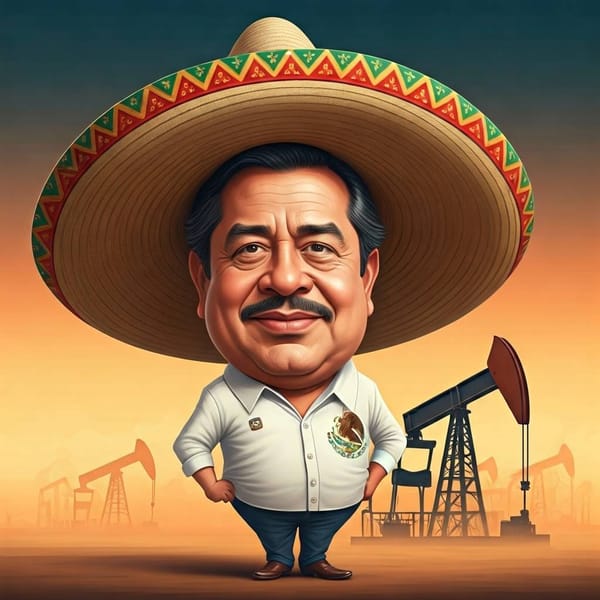Why Birds Choose Bahía de Los Ángeles as Their Seasonal Hangout
The Bahía de Los Ángeles is not just a scenic backdrop; it's an ecological hotspot with 258 species of landbirds and waterbirds. This region is a living atlas of avian diversity, where the Pacific loon from Alaska crosses paths with the eared grebe from America's heartland.

In the nexus of sea and sand, where the Gulf of California brushes the Baja Peninsula, lies an ecological gemstone known as Bahía de Los Ángeles. But perhaps what makes it a cynosure for naturalists and ornithologists is its stunning avian diversity. Here, we delve into the sheer breadth of bird species in the Baha de Los Angeles region, elaborating on their migration patterns, nesting habits, and conservation status. All the while exploring the environmental factors that make this region a cradle of biodiversity.
The region serves as a kind of avian confluence, recording a spectacular array of about 258 species of landbirds and waterbirds. Among them are the Pacific loon (Gavia pacifica), which makes a winter pilgrimage from Alaska, and the eared grebe (Podiceps nigricollis), coming from the heartland of the United States. It even features the grey shearwater (Puffinus griseus), which migrates from the far reaches of the Southern Hemisphere. The birds' movements echo a planetary choreography, a cyclical pattern defined by the exigencies of climate, food availability, and breeding.




